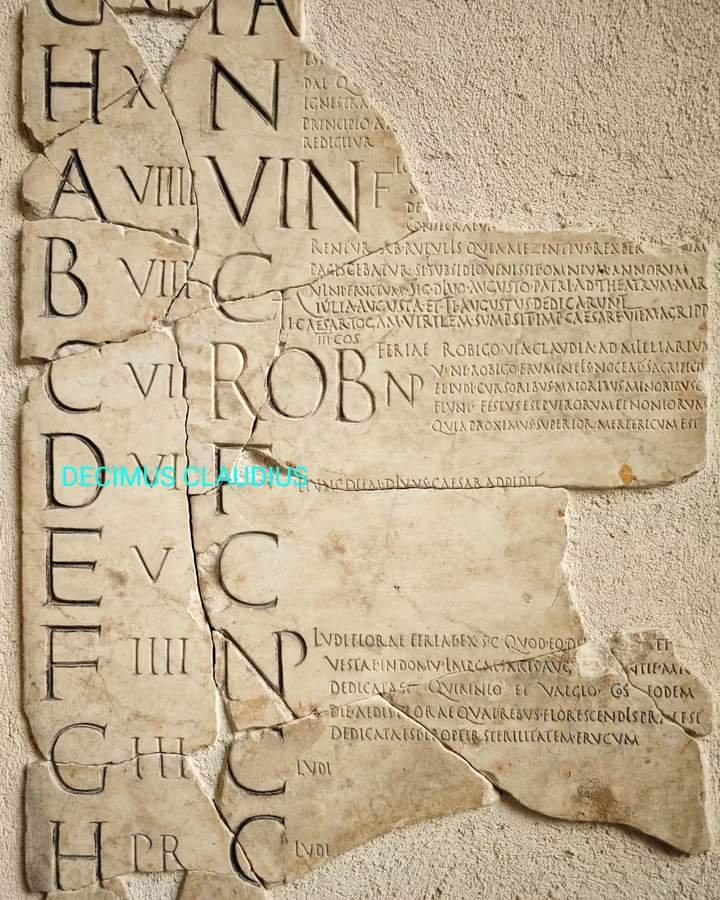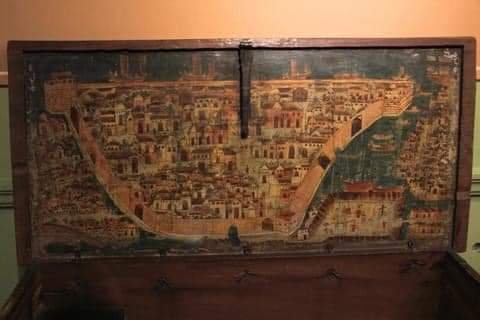
A section of a Roman wall painting depicting Christ healing the paralytic. "In a scene from the baptistery that depicts Christ’s miraculous works, Christ heals a bedridden man. The man appears twice: in the foreground, he is shown paralyzed, and on the left, he joyfully carries his bed away. The scene signified to viewers the healing quality of baptism in the nearby font, where initiates received forgiveness for sins and began new lives as Christians...The Christian building at Dura-Europos is the world's earliest known house-church...the Christian community used the baptistry for only a few years before Sasanians attacked the city"; the final siege was in AD 256. This dates to AD 240-250, was discovered in 1931 and is on display with other items from Roman Syria in the Yale University Art Gallery in New Haven, Connecticut, USA. By the way, I just booked some flights and will visit 6 museums with Roman items next month in the US (Ohio, Michigan and California).

A segment of a huge Roman calendar mounted on a wall called the Fasti Praenestini.
"In ancient Rome, the term fasti was used for the calendar created by the high priest (pontifex maximus) and exhibited in a public place, in order to regulate the life of the citizens. It indicated the dies fasti, that is, the days in which certain activities (including judicial functions) were permitted, and the dies nefasti, on which, on the contrary, such activities were not allowed. Here are displayed the remains of the richest and most erudite Roman calendar that has been preserved to us. It was composed between 6 and 10 A.D., during the reign of Augustus, by Verrius Flaccus, the illustrious grammarian chosen by the emperor as tutor for his grandsons.
The Fasti Praenestini were displayed in the forum of the city of Palestrina (ancient Praeneste), south of Rome, on a hemicycle monument that provided the backdrop to a statue of their author." Per the the National Roman Museum - Palazzo Massimo in Rome where this is on display.
